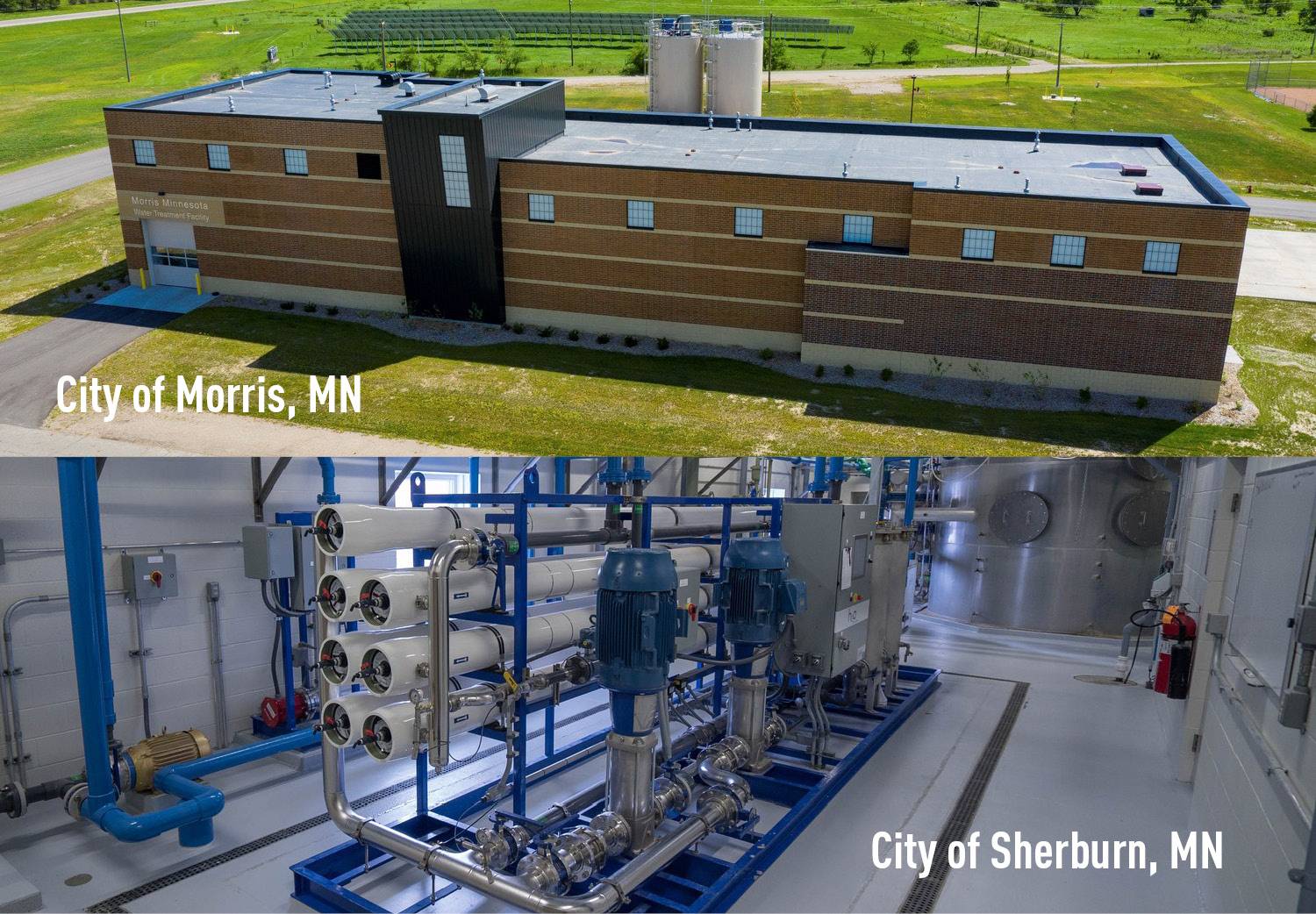
A Tale of Two Cities – Chloride Removal Edition
Clean and efficient wastewater systems are essential to all communities – regardless of size. High chloride levels can affect the health of community residents and aquatic life, as well as impact the functionality of infrastructure. In Minnesota, about 22 percent of the chloride mass in receiving waters comes from wastewater treatment plants, according to the Minnesota Pollution Control Agency (MPCA). Both the City of Morris and the City of Sherburn struggled with increased chloride levels and chose to resolve the problem at the source – the water treatment plant.
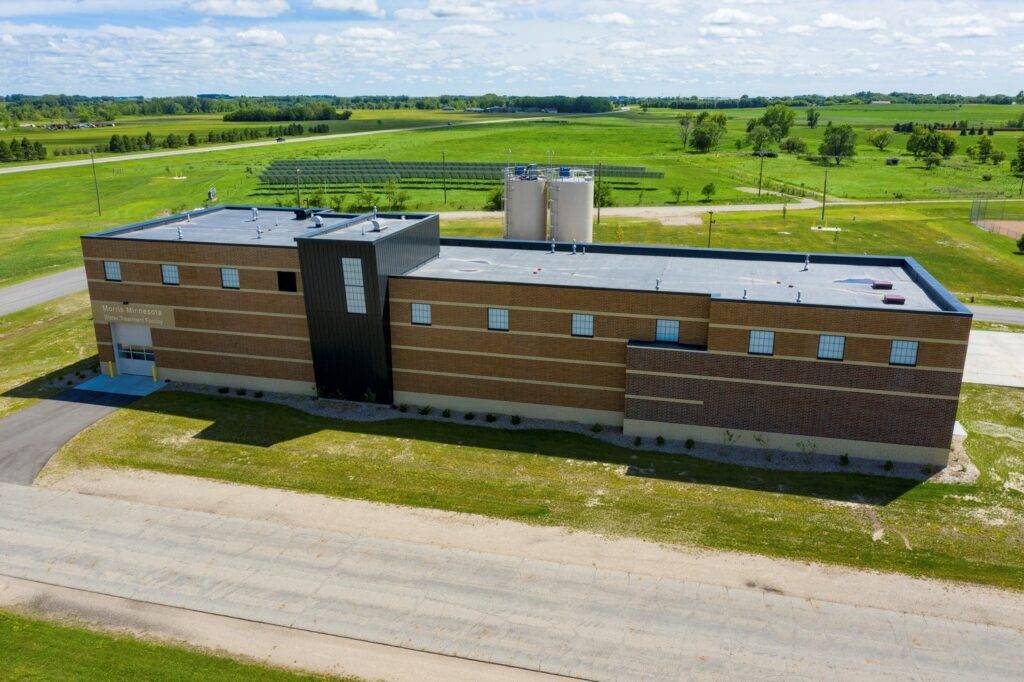
To combat the high levels of chloride in the Pomme de Terre River from the local wastewater treatment plant, the City of Morris and Bolton & Menk, Inc. decided to treat the problem at the source for a more cost-effective solution. The hard groundwater that supplies most homes and businesses in Morris and surrounding towns, most likely goes through a home ion exchange water softener to remove calcium and magnesium with salt. The result leaves skin and hair soft and makes cleaning easier. However, levels of salt over 180 mg/L can be harmful for individuals with high blood pressure, cardiovascular disease, heart disease, or kidney problems.
The city worked with Bolton & Menk to design and construct a new softening water treatment facility that helps the city meet the chloride limit at the wastewater treatment facility. Through the water system evaluation, the city and Bolton & Menk evaluated options to meet the chloride limit and narrowed down two softening options—reverse osmosis and lime and soda ash. After evaluating each option, lime and soda ash softening was selected as the best process for the city to meet its goals. This treatment system is very water efficient, removes and reduces other constituents entering the wastewater stream, and was the best long-term solution to meet current and potential future discharge limits.
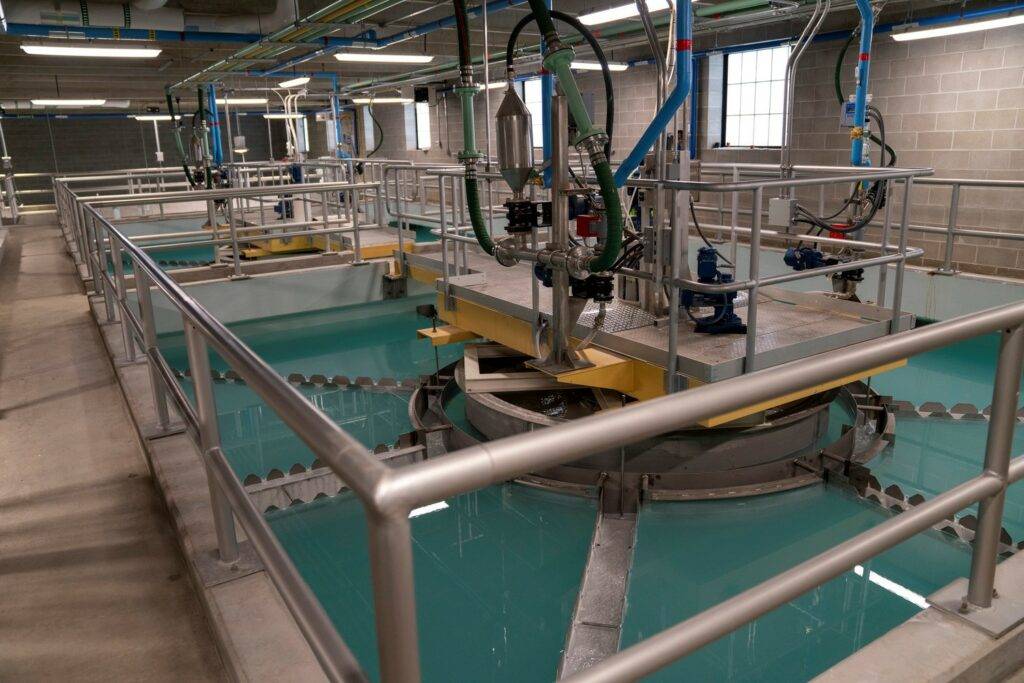
The new facility meets Primary and Secondary Drinking Water Standards specified by the U.S. Environmental Protection Agency (EPA) and Minnesota Department of Health (MDH), as well as reduces the approximate hardness reduction of the city’s treated water supply by 90 percent. Residents in the area will receive already softened water to their homes, resulting in cost savings on both salt and softening equipment. Recent testing results has shown that chloride concentrations to the wastewater treatment plant have been reduced from 830 mg/L to less than 350 mg/L, which is well below the limits issued by the MPCA.
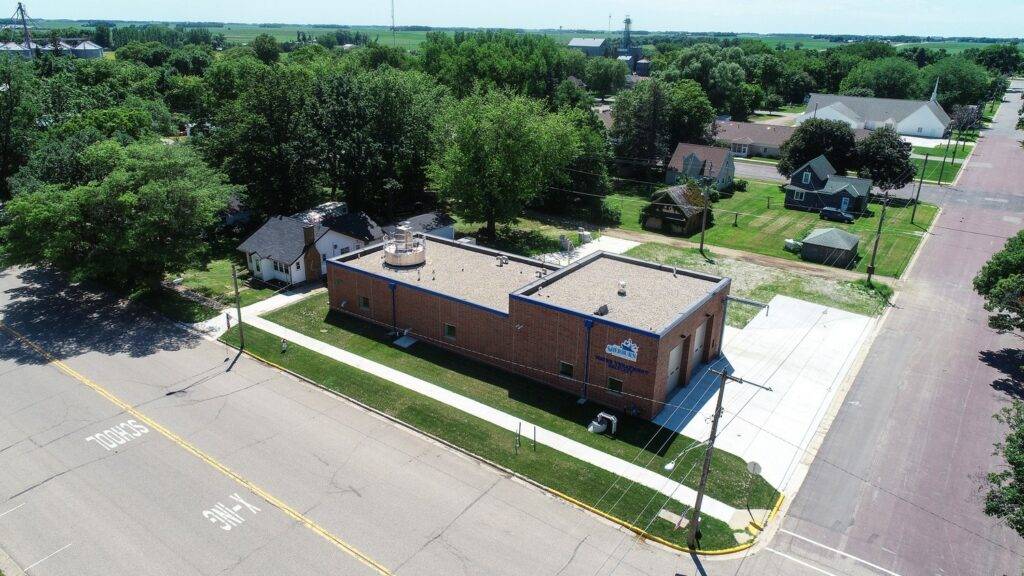
The City of Sherburn had been performing monitoring testing for salty discharge at the wastewater treatment facility to meet recent National Pollutant Discharge Elimination System (NPDES) requirements. Total chlorides needed to be reduced in the wastewater treatment facility’s effluent to the level required by the facility’s NPDES permit. By removing hardness at the water treatment plant, cities can lower the chloride discharged to the wastewater treatment facility. This concept is referred to as attempting to meet the NPDES limits by “source reduction”.
The City of Sherburn worked with Bolton & Menk to soften the raw water at the water treatment facility and successfully reduce chloride levels to meet requirements at the wastewater facility. By allotting the dollars on the front end at the water treatment plant, the city is not only treating to meet effluent levels, but also providing additional community and resident benefits including a decrease in individual water softening needs.
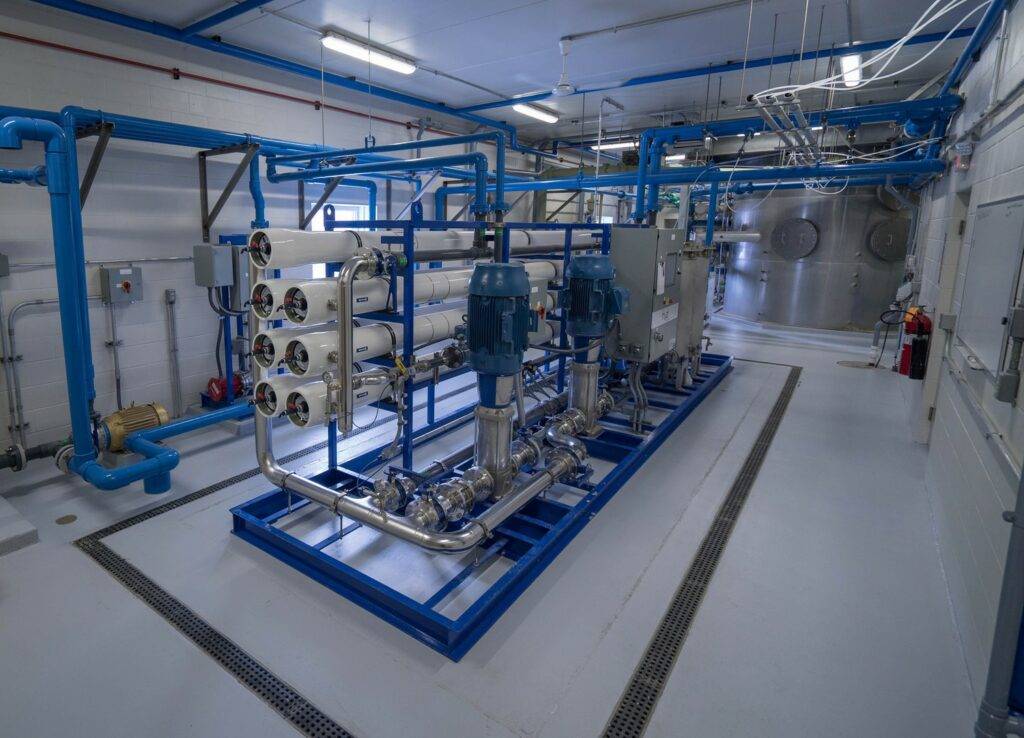
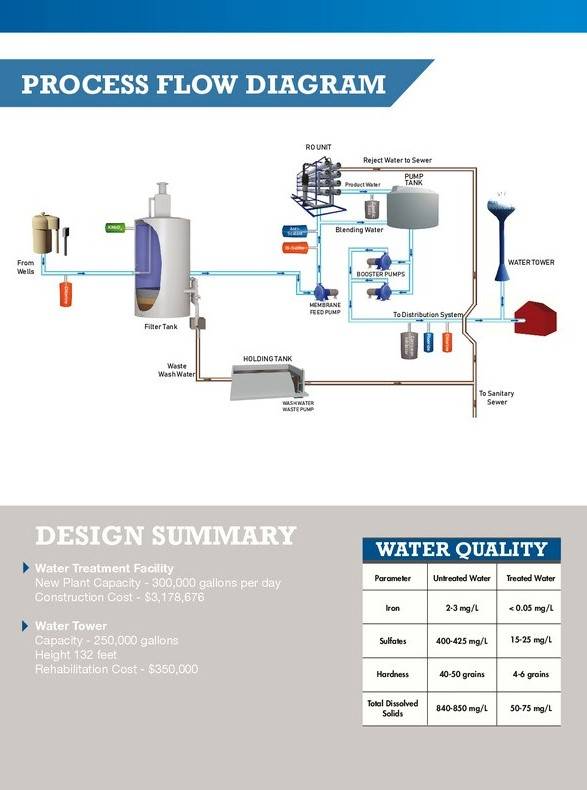
The new water treatment facility consists of gravity filtration followed by reverse osmosis. Reverse osmosis removed 95-99 percent of all contaminants found in Sherburn’s water, including hardness and sulfates. The reverse osmosis water is blended with a small portion of filtered water to reduce the corrosiveness of the water and improve taste. The city has seen the chloride level in their wastewater treatment plant effluent drop below 225 mg/l since the reverse osmosis softening system went on-line in the Spring of 2018. This reduction in chlorides was accomplished by reducing the recharge or removing in-home softeners.
All communities deserve to enjoy clean, safe water – from personal use like drinking and swimming, to benefits for animals and fish. Fixing the chloride effluent problem at the source has resulted in a safe, sustainable, and beautiful community for the Cities of Morris and Sherburn.
As published in Wastewatcher Magazine, written by Kelly Yahnke, Environmental Project Engineer at Bolton & Menk, Inc.
Learn more about how we provide specialized water and wastewater engineering solutions here!
